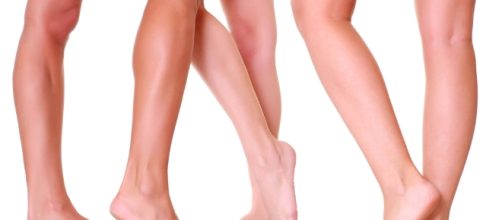Excess weight, sedentary lifestyle, a diet rich in animal fats, constipation, hormonal imbalances, sitting for many hours or sitting, abusing high heels and tight clothing and genetic predisposition are often the main causes they favour the appearance of varicose veins. It is estimated that one in three people over 45 years have varicose veins, which means that the return circulation, which goes back to the heart from the extremities, does not work properly. A problem not only aesthetic but also affects health (leg pain, swelling, heaviness, etc.) and it is important to know how to treat it to try to prevent it or at least improve it.
Allies to the table
A menu that includes cleansing foods that eliminate toxins from the body can be a great help when it comes to fighting varicose veins.
- Onion and garlic: thanks to their composition reduce the blood pressure of the veins and at the same time promote blood circulation.
- Citrus fruit: In general, all fruits containing vitamin C are very beneficial in keeping the blood flowing and reducing the risk of inflammation.
- Fibre: since constipation is one of the worst enemies for varicose veins, it should be treat by consuming fiber-rich foods such as whole grains, wheat bran, plums, etc.
- Purple vegetables: the pigment that gives colour to these vegetables has very beneficial properties for the health of the Legs. Black grapes, blackberries, blueberries, cherries, red cabbage or eggplant should be present in the diet of those who want to get rid of varicose veins.
Of course, one of the prerequisites for optimal circulation of blood is to drink the right amount of fluids.
Especially in summer, it is important to drink six to eight glasses of water a day. Another alternative is staying hydrated is to prepare infusions with some specific plants that help stimulate circulation.
Objective: a more fluid circulation
In addition to nutritional care, there are a number of good habits, convenient to include in the daily routine.
- Move: keep your legs moving by exercising. The most beneficial are up and down stairs, walking and swimming.
- Cold water: In the shower, opt for cold water for the leg area, from the ankles to the hips.
- Clothing: avoid wearing socks or socks that press on the ankles, as well as garments that are excessively tight.
- Legs up: when it comes to relaxing, rest with your legs up.
- Move away from heat sources: heat tends to dilate capillaries causing swelling or heaviness. Therefore, it is advisable not to abuse hot water baths or prolong sun exposure. Similarly, be careful with waxing with hot wax, UVA and sauna.

